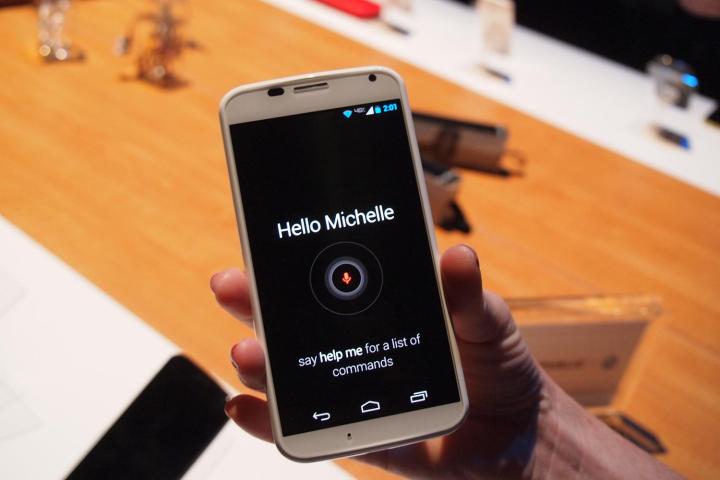
Google announced the expansion of the feature in a blog post, saying, “Today, we launched our first set of partners for custom Google voice actions on Android. This feature will enable people to say things like ‘OK Google, listen to NPR’ or ‘OK Google, show attractions near me on TripAdvisor.’”
Google’s “OK Google” voice command module has largely been viewed as an answer to Apple’s Siri. By opening its voice command feature to developers, Google is staying one step ahead of Apple, which has yet to allow Siri for use on non-native applications. Google’s voice command service currently recognizes nine languages, including English, French, Italian, German, Spanish, Japanese, Korean, Portuguese, and Russian.
What Google’s voice control shares with Apple’s, however, is the goal of integration. Apple has been slowly adding Siri to all of its devices with the aim of reaching total cross-device integration. Google said of the voice command service, “It’s another way to drive usage of your app with Google. Users’ voice and text action requests can now lead directly to your Android app, so they can get to your native mobile experiences quickly and easily.”
So while Google may not be creating a multi-device home platform in the same fashion as Apple, the firm is certainly seeking to streamline processes for both their native and third-party applications. While current implementation is limited, Google Now will be expanding in the coming months as Google opens it up to more projects.
With this new update, it is easy to see why many believe that Google Now has outfoxed Apple’s Siri, and we certainly look forward to saying “Shazam this song!” and then seeing it happen before our eyes.

